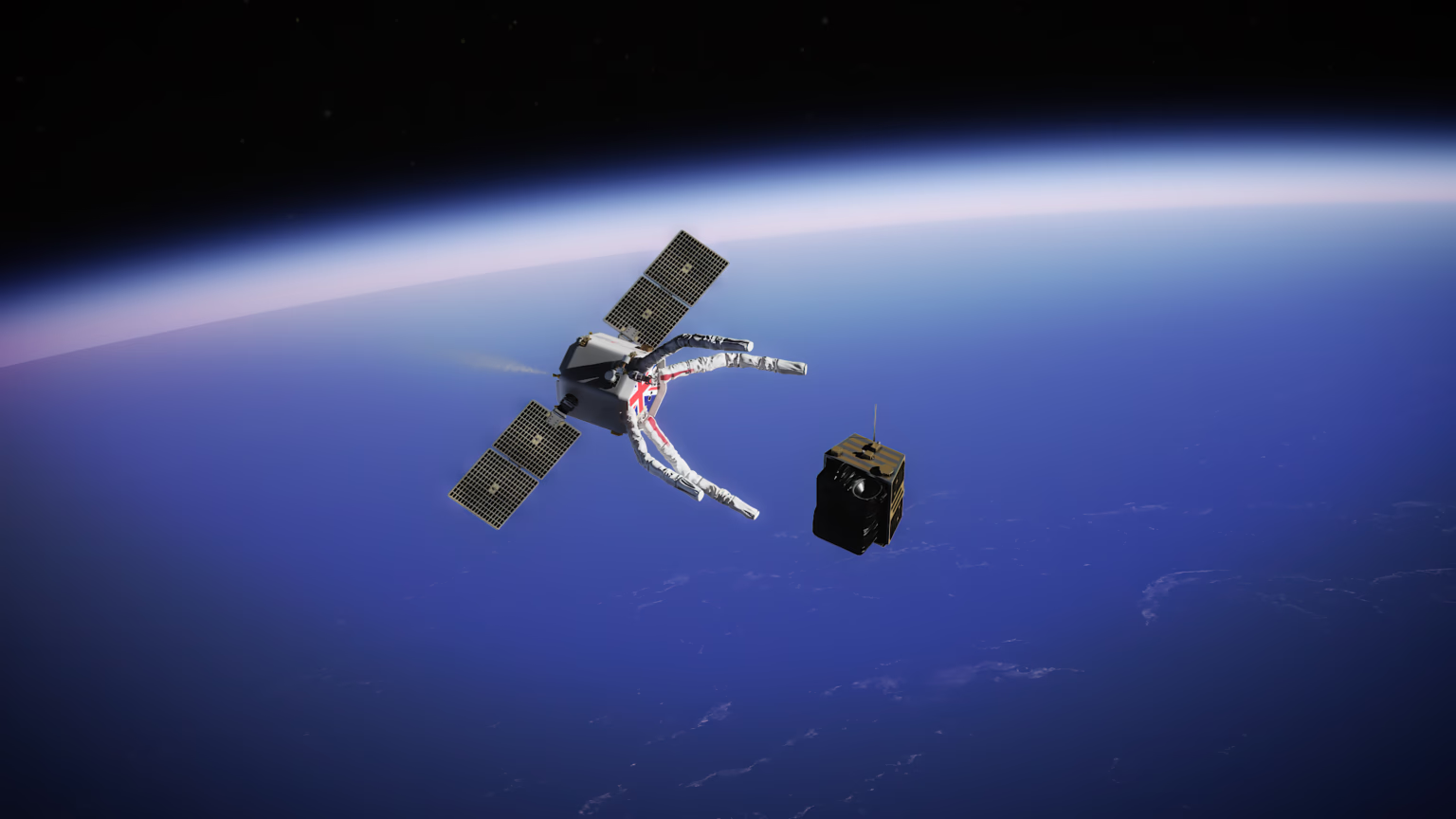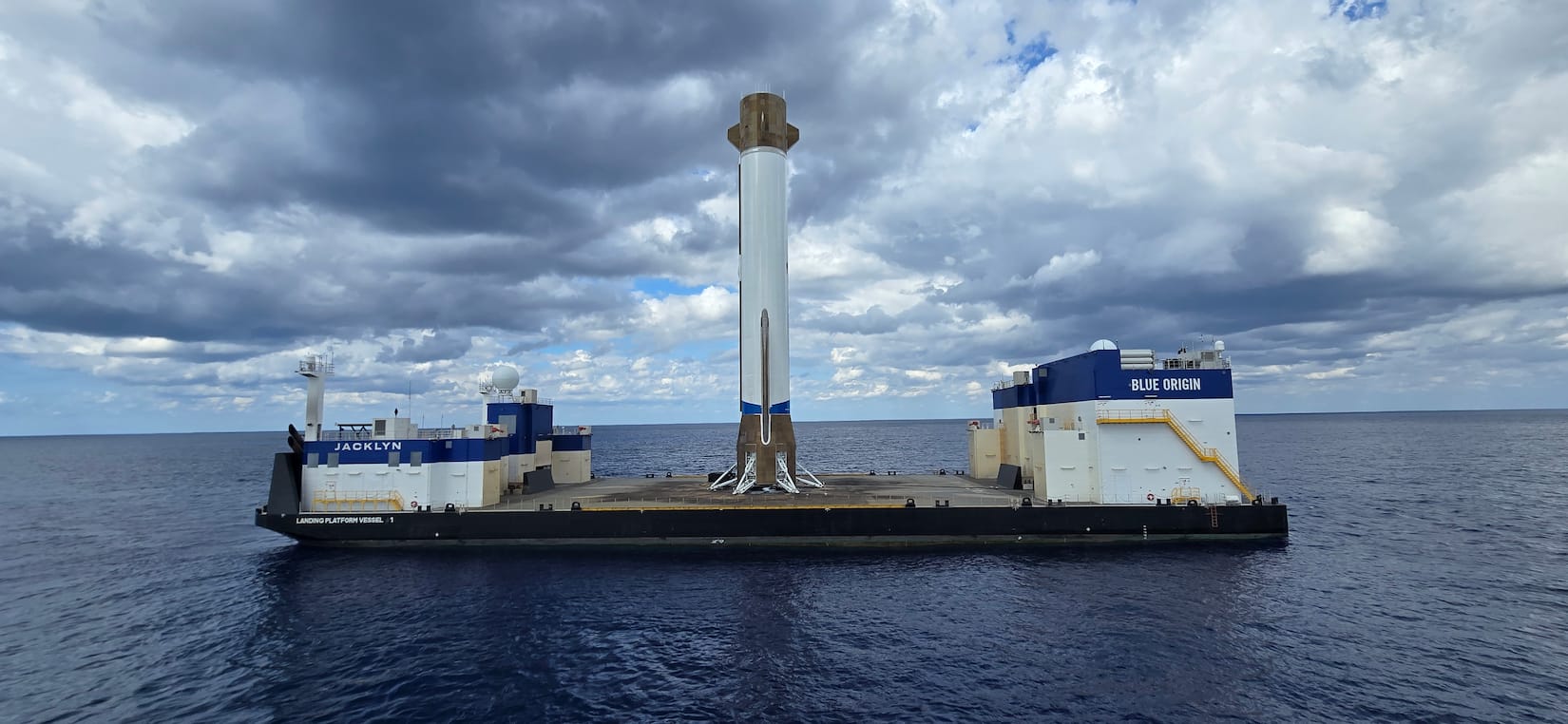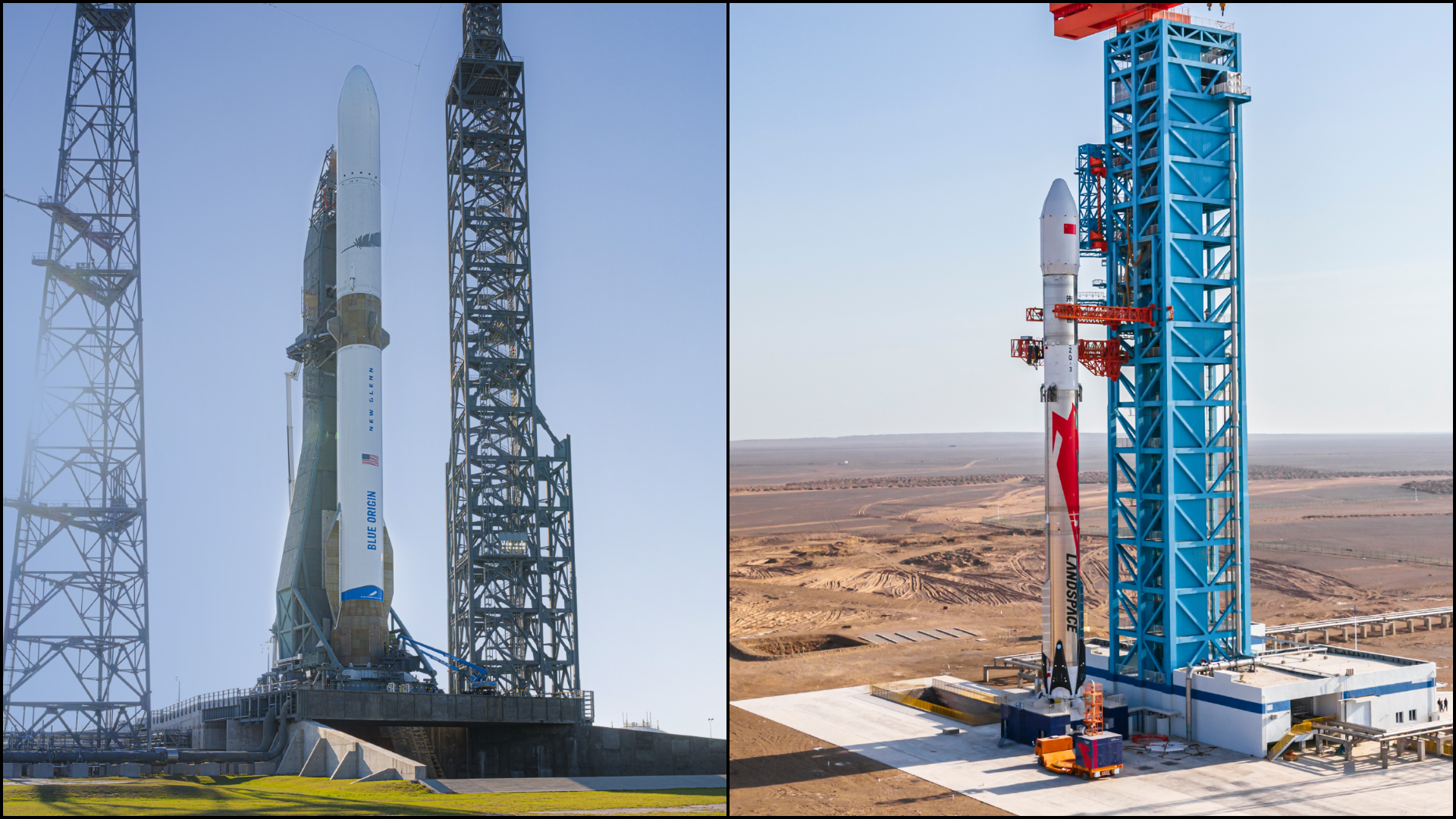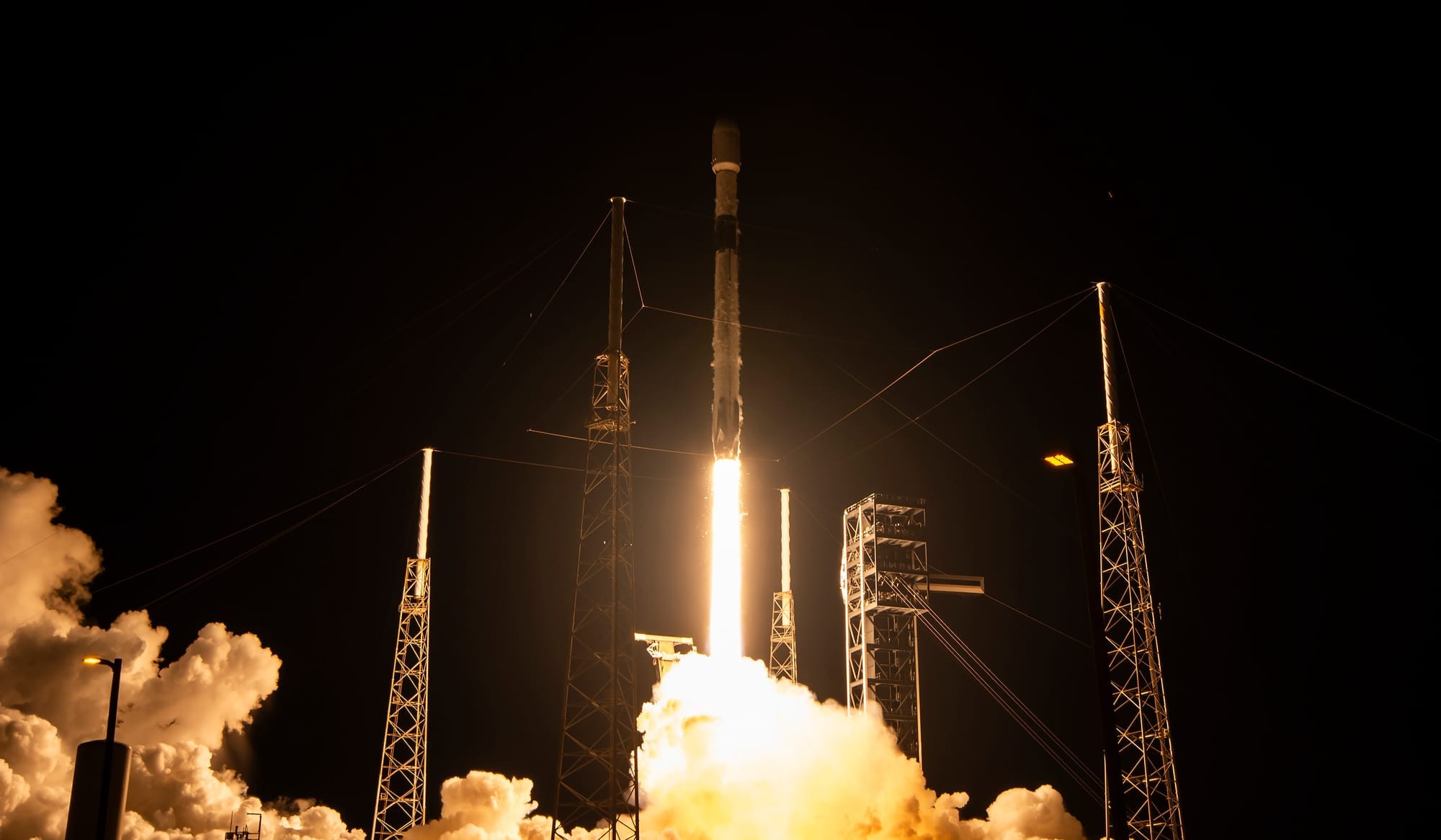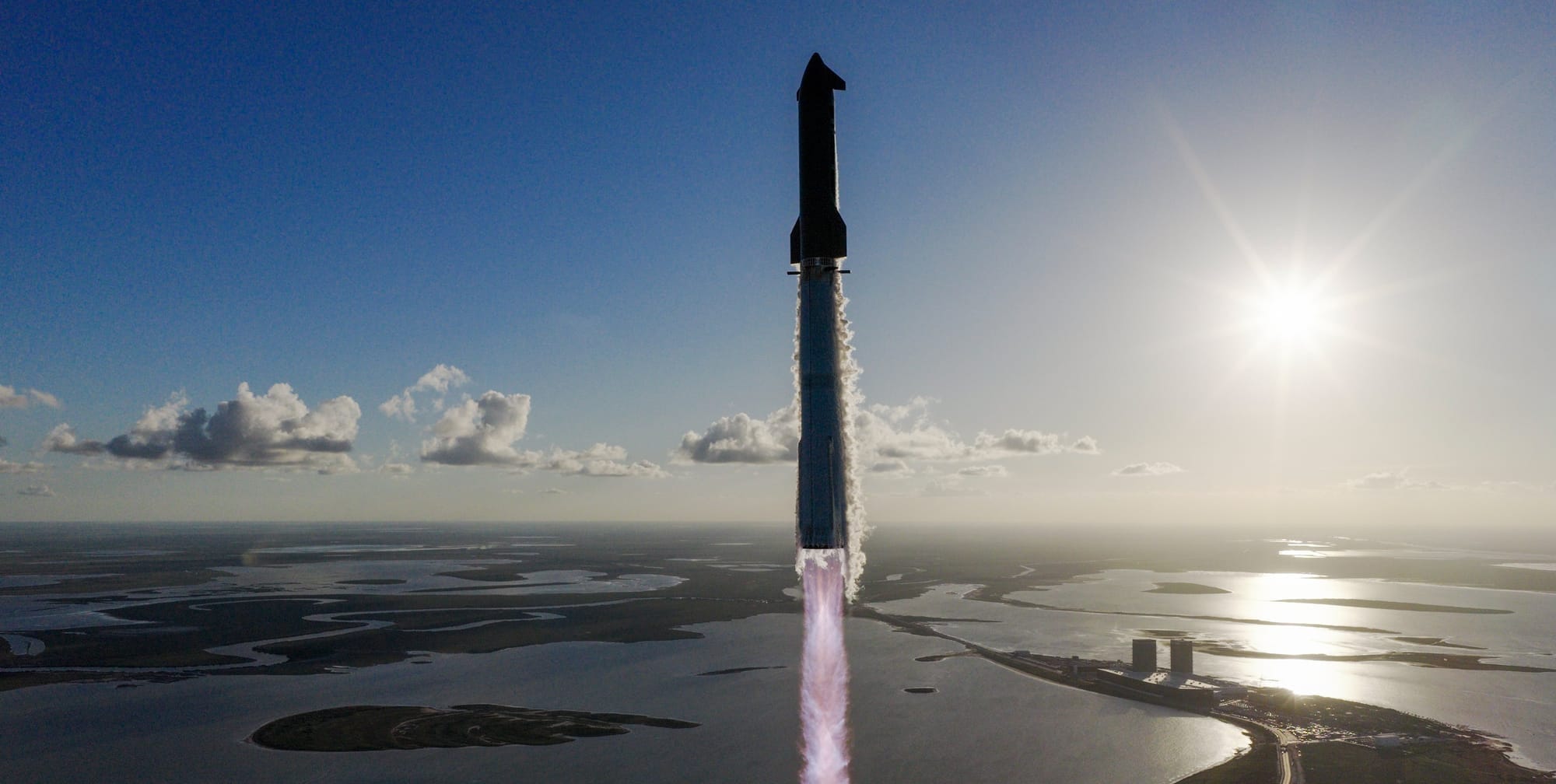Table of Contents
The government of the United Kingdom announced on July 3rd that it is allocating 75.6 million British Pounds (around 102 million United States Dollars) for the country's first space debris mitigation mission.
That mission will launch a spacecraft before the end of 2028 to bring a defunct satellite from its orbit. Following the announcement of the tender, a single supplier for the spacecraft is being sought to commit to a five-year research and development contract.
Known as the Active Debris Removal (ADR) mission, the spacecraft for it will be equipped with robotic arms and autonomous orbital navigation technology. Utilizing the necessary hardware and software, the ADR spacecraft is planned to capture two non-functioning UK-licensed satellites from low Earth orbit. After capture, the satellites will be brought into Earth's atmosphere to safely burn up.
In deorbiting the satellites, further orbital debris won't be created or pose a threat to critical orbit infrastructure such as positioning, weather forecasting, and communications spacecraft. Currently, there is an estimated 140 million pieces of space debris smaller than 1 centimeter, and over 54,000 tracked objects larger than 10 centimeters currently orbiting Earth, which could cause catastrophic damage to satellites.
At the moment, ClearSpace is developing the necessary technologies for the ADR mission. As of May, the company has derisked the spacecraft’s robotic capture system and developed the image processing algorithms. Late last year, the company was moving toward a Critical Design Review, following a Preliminary Design Review in April 2024.
The UK government views the ADR mission as a critical step in addressing space debris, allowing for the long-term sustainability of the orbital environment and protecting space infrastructure. Speaking on the mission, UK Minister for Space, Sir Chris Bryant, commented:
"By tackling the growing threat of space debris head-on, we are protecting the infrastructure that supports everything from national security to everyday connectivity whilst also creating high-skilled jobs and securing the UK’s leadership in the growing space economy."
The tender for the ADR mission follows an 11 million British Pound (about 14.9 million United States Dollars) investment in feasibility studies and design work into the mission's technologies. It also comes after the space agencies of New Zealand and the UK signed a blueprint in October 2024 for the removal and servicing of operational satellites that are at risk of creating debris.
Before the ADR mission, the UK was part of the RemoveDEBRIS spacecraft international consortium. Between 2018 and 2019, the spacecraft demonstrated the deployment of a debris-capturing net followed by a harpoon designed to retrieve target satellites.
If successful, the UK's ADR mission would be the second to prove it can move a non-cooperative satellite from one orbit to another. The first mission to demonstrate this was China's Shijian-21 between December 2021 and January 2022, towing a defunct BeiDou satellite from geostationary orbit.

